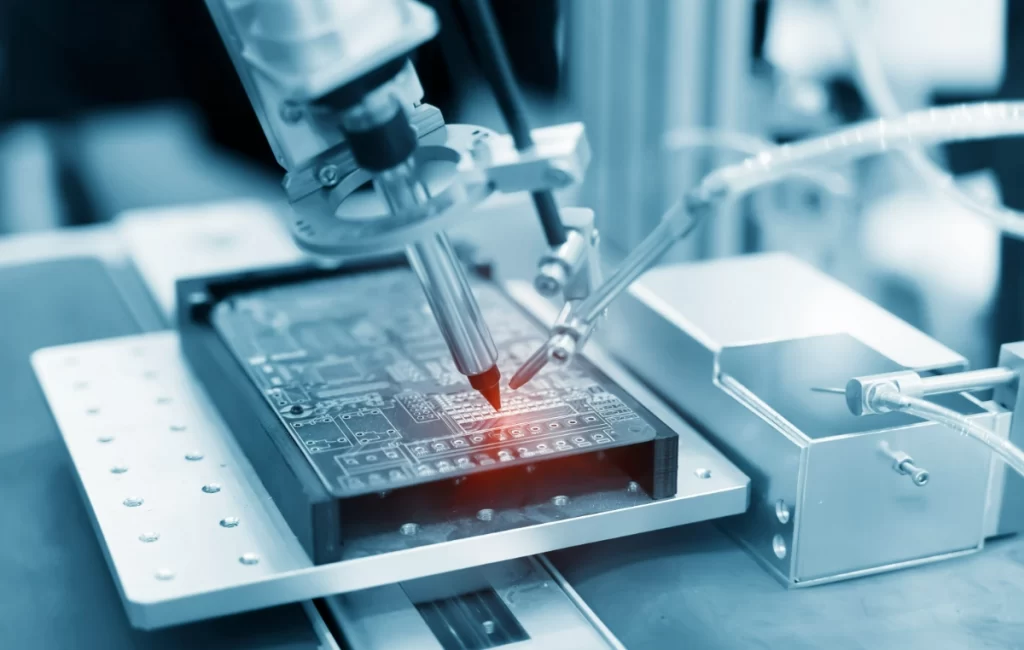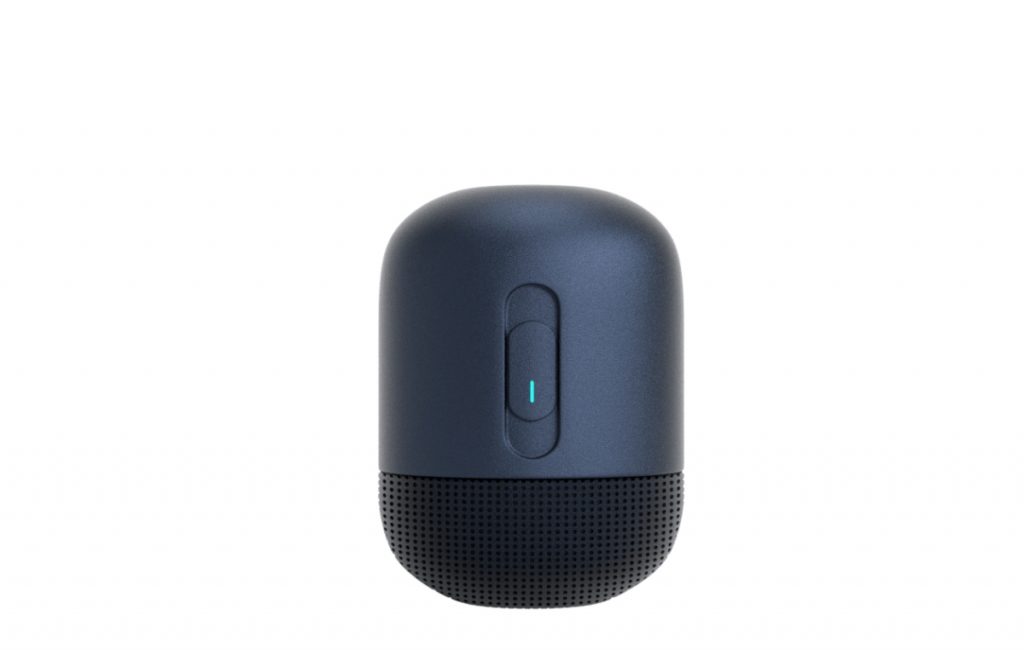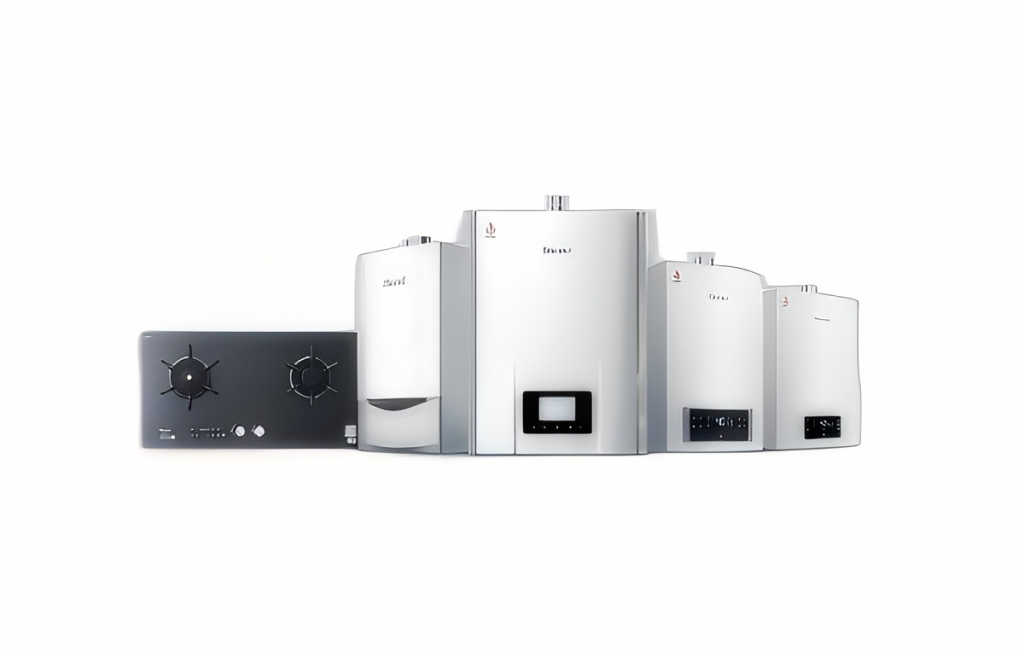The meticulous selection of coating materials stands as a pivotal aspect in the conformal coating process. Our commitment lies in delivering optimal applications, selecting materials that best suit the requirements, and ensuring the highest quality in coating. In the swiftly evolving landscape of electronics, safeguarding sensitive components from environmental elements is of utmost importance. Electronic devices encounter challenges ranging from moisture, dust, and chemicals to extreme temperatures. Conformal coating technology emerges as the silent guardian in this context, preserving the integrity and longevity of electronic systems.
Conformal coating is a specialized technique employed to shield electronic components and printed circuit boards (PCBs) from the harsh impacts of their surroundings. The primary objective is to establish a protective barrier that not only shields the components but also guarantees their consistent and reliable performance. This technology extends the operational life of electronic devices and diminishes the risk of potential failures, making it an indispensable asset across various industries.
A critical facet of conformal coating is the judicious selection of the coating material. The choice of material plays a pivotal role in determining the overall effectiveness of the protective layer. Optimal material selection hinges on a comprehensive understanding of the specific requirements of the electronic system and the environmental conditions it is anticipated to face.
Within the realm of conformal coating, a variety of material options exists, encompassing acrylics, urethanes, silicones, and parylene. Each material brings forth distinct advantages, enabling customization based on the unique demands of each project.
In addition to material selection, expertise plays a central role in achieving the desired level of protection and performance. The application process, including proper methods, precise coating thickness, and adherence to industry standards, is int





